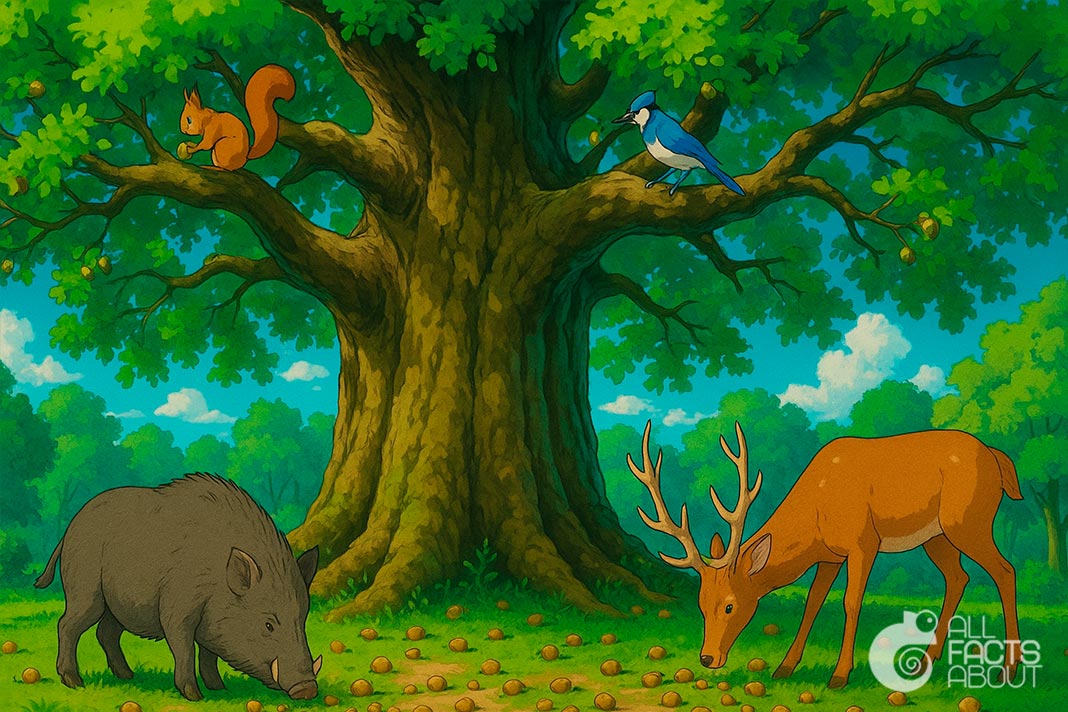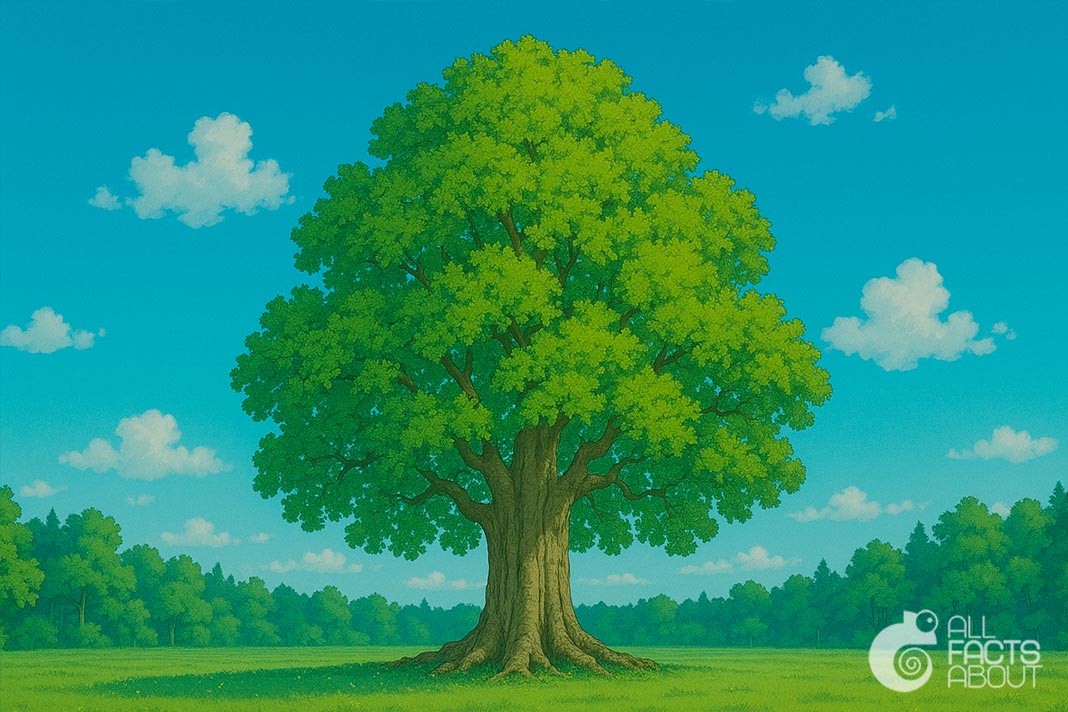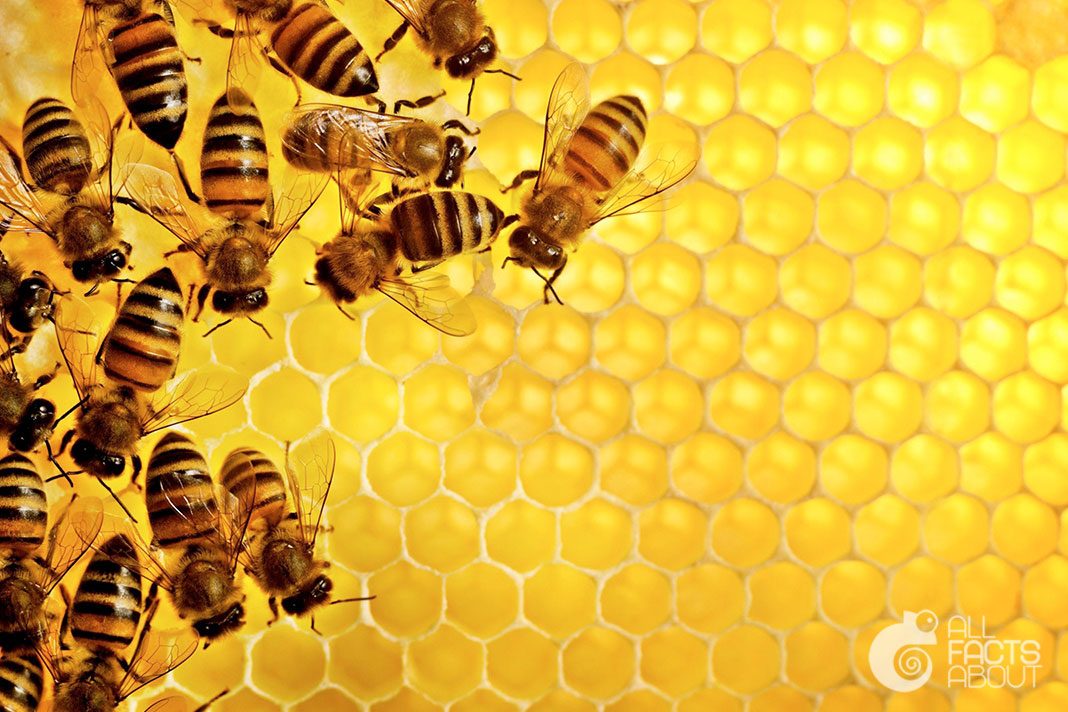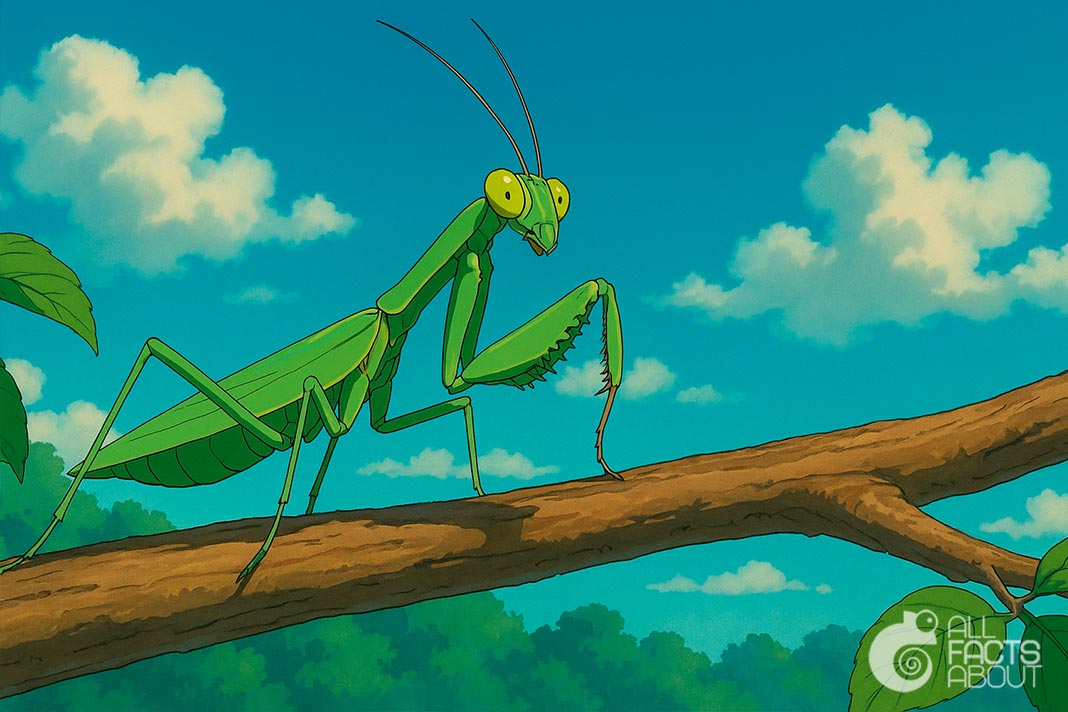Oak trees are among the most well-known and long-living trees in the world. They are symbols of strength and endurance and can be found in forests, parks, and gardens across many continents. Here are some fascinating facts about these mighty trees.
1. There are over 600 species of oak trees around the world. They grow in many climates and are native to regions across North America, Europe, and Asia, adapting well to different environments.
2. Oak trees can live for centuries. Many survive for more than 300 years, and some ancient oaks are over 1,000 years old, making them some of the longest-living trees on Earth.
3. Oaks are famous for their strong wood. Oak timber is hard, durable, and resistant to insects and fungi because it has a tight grain and natural chemicals called tannins that help protect it from bugs and rot.
4. Some oak trees, like the cork oak (Quercus suber) , have bark that is used to make wine bottle stoppers. This tree grows slowly—about 2.5 cm in diameter per year—but its thick, spongy bark can be safely harvested every 9 to 12 years without harming the tree.
5. Acorns are a valuable food source for many animals. Squirrels, deer, birds, and even pigs eat them, helping spread oak seeds naturally across forests and fields.

Many animals rely on acorns as an important part of their diet.
7. Not all acorns grow into oak trees. In fact, only about 1 in 10,000 acorns becomes a fully grown tree because most are eaten by animals or don’t find the right conditions to grow.
8. Some oak trees stay green all year. These evergreen oaks, which are mostly found in warm regions like the Mediterranean, southern USA, and parts of Asia, keep their leaves through winter, unlike deciduous species that shed them in colder seasons.
9. Some oak trees can grow as tall as a 15-story building, reaching up to 45 meters in height. Although they grow slowly (about 30 to 60 cm per year on average), they develop massive trunks and broad canopies over time, making them true giants of the forest.
10. Oak trees can “talk” to each other through underground networks formed with fungi. These mycorrhizal networks help trees share nutrients and send chemical signals to warn nearby trees about dangers like pests or drought.




